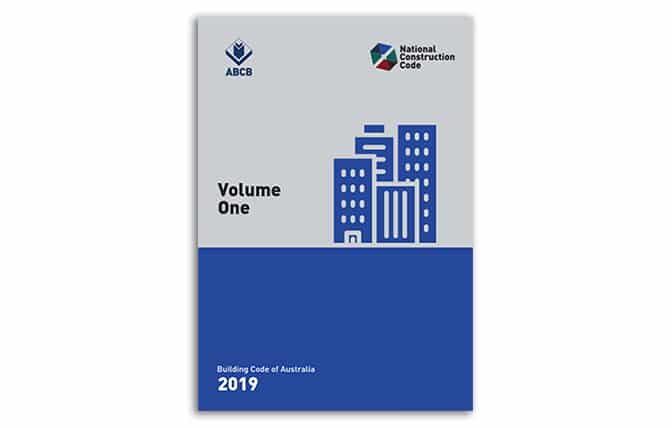Latest News
Fourteen watts per square metre: Horror Vs Reality

When the Australian Building Codes Board (ABCB) released its new National Construction Code J6 requirements for lighting, most people in the lighting community were shocked. It raised the question: how we can achieve these targets? Will it affect visual comfort, safety and achievable light levels? One of the biggest changes is the IPD allowance (Illumination Power Density) for retail spaces, being reduced from 22W/m2 down to 14W/m2.
Every few years the ABCB reviews the construction code to address current issues the industry is facing. This is mainly due to leaps in technology but also to address building efficiency without compromising safety. Lighting technology is rapidly changing, and we have come a long way from incandescent and fluorescent lamps. Throughout that time, the building codes have adapted to new technologies and changes have been made in regard to how much energy we can use in various spaces. LED technology started a new era of lighting. As it gained popularity among the lighting community, manufacturers found new ways of increasing the efficiency of LEDs. As a result, we can achieve higher light levels for the same amount of power used previously.
Building codes are evaluated in such a way that watts per square metre levels correlate to recommended lighting level requirements of the Australian Standard (AS1680). For example, a typical office environment requires 320lux at the working plane with a maximum IPD allowance of 4.5W/m2.
A few years ago, your average LED chip could deliver 80-100lm/W. Today, we have LED chips which have efficacies of around 130lm/W to 160lm/W. That is roughly a 60% increase in efficiency. Therefore, we use less power (in the range of 20%-30%).
So, if things are balanced out evenly, what is the big fuss in the design community about the new IPD? It’s all about using highly efficient luminaires and understanding the J6 calculations.
Aglo Systems understands the intricacies of the National Construction Code. We supply a range of light fittings that are energy efficient with high lumen output. With these luminaires installed to our lighting design calculations, compliance with the new code is assured.
The lighting design team at Aglo will work with you to ensure NCC19 has a minimal impact on your clients’ stores and using the latest technologies will enhance the store to its maximum effect.
For new and refurbished projects, National Construction Code changes will apply on 1 May 2020, however, they can be applied voluntarily between 1 May 2019 and 1 May 2020.
Contact us now to review your next project.
We're a Casambi certified commissioning partner